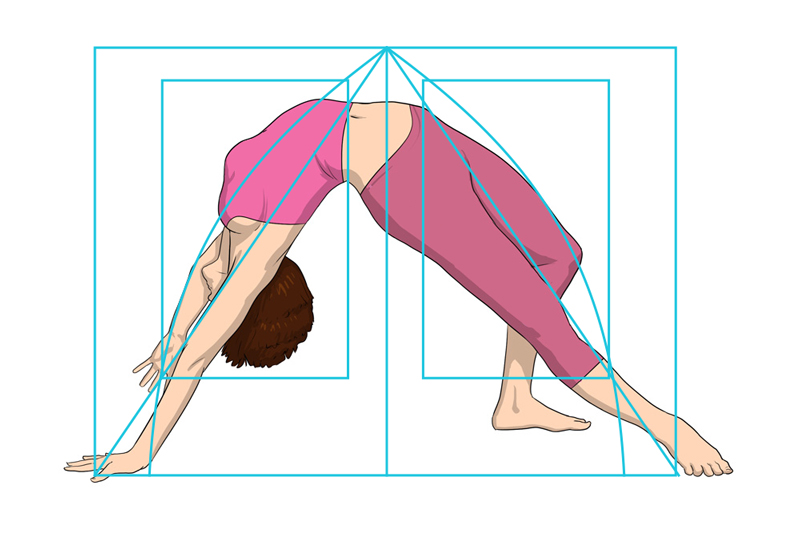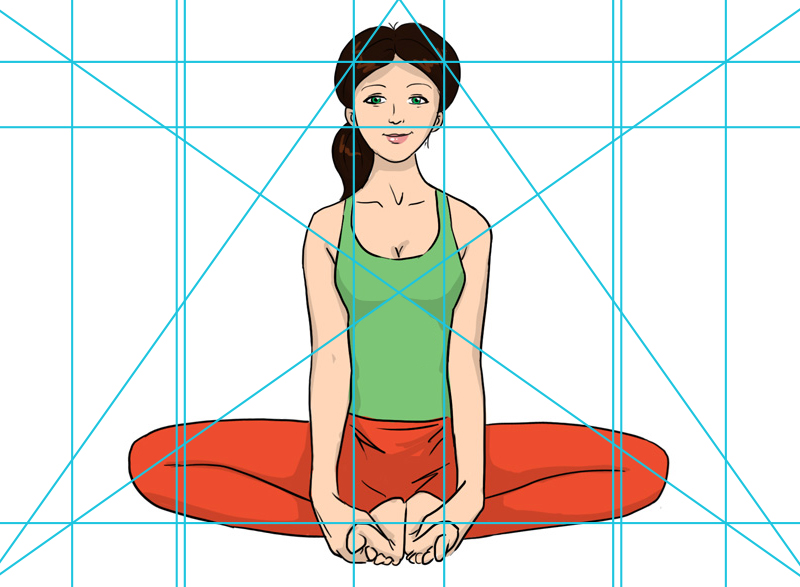Sacred geometry is the study of recurring patterns that occur throughout the universe.
It is found in astronomy (galaxies), plants, seashells, weather patterns, human and animal bodies and even DNA.
The Golden Ratio φ

The value of the golden ratio, represented as φ (phi), is 1.61803398874989484820…, with endless digits that follow no pattern. Like π (pi), which is usually represented as 3.14 but also has endless non-repeating decimals, phi is irrational; even though it’s called the “golden ratio”, phi cannot be written as a ratio or fraction. However, as long as both A/B and (A+B) / A equal roughly 1.618, they are within the golden ratio.The number sequence that is used in understanding and applying the golden ratio had been studied and developed by Indian mathematicians for thousands of years, possibly dating back to 200 BC, but was not introduced to the western world until 1202 by Leonardo Fibonacci. The sequence is thus referred to as the Fibonacci sequence, and is characterized by starting with “0, 1” — after that, each number is the sum of the two previous numbers. As the numbers increase, the closer the ratio gets to reaching phi. To determine this, divide each number by the number directly before it; at 144 and on, the numbers begin getting closer and closer to phi, each falling into the golden ratio.
0, 1, 1, 2, 3, 5, 8, 13, 21, 34, 55, 89, 144, 233, 377, 610, 987, 1597, 2584 …
Sacred Geometry and Yoga
Arm Balance Scorpion
By creating a logarithmic spiral using the golden ratio, the final product is a golden spiral. Additionally, each rectangle in this golden spiral grid (including the outline) is a golden rectangle. The spiral begins at the head, follows the curve around the face and neck, along the torso and all the way to the knees. The entire body above the elbows is contained within the largest golden rectangle, with the shoulders, chest and head in the lower rectangle and the abdomen, glutes and legs in the upper rectangle.




